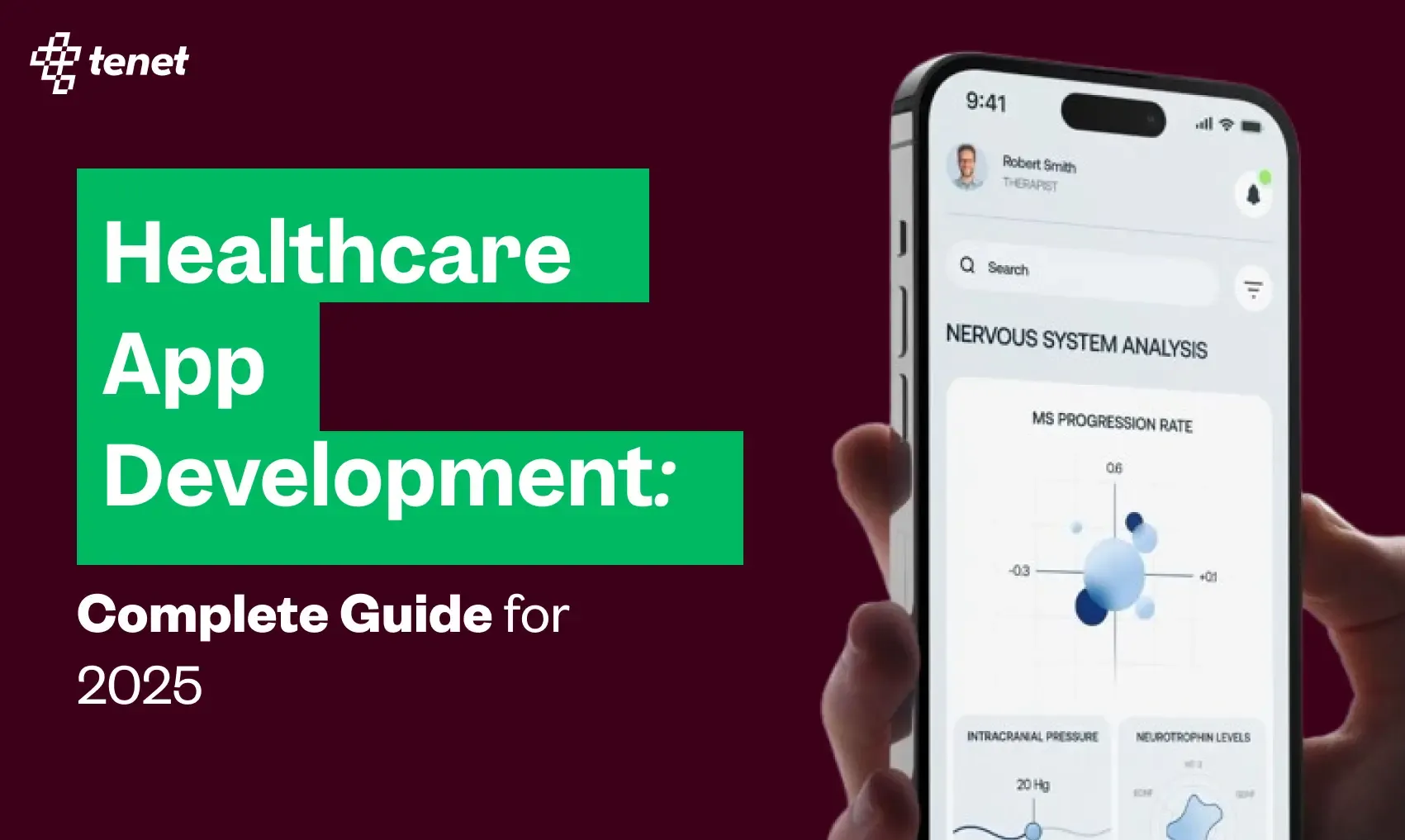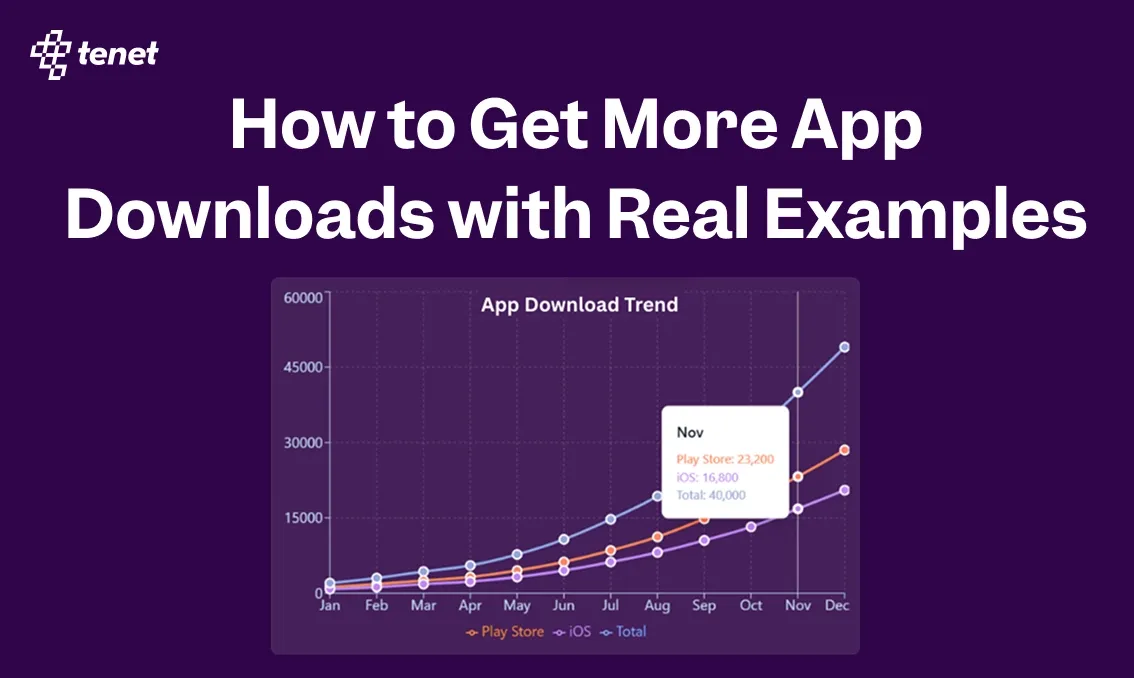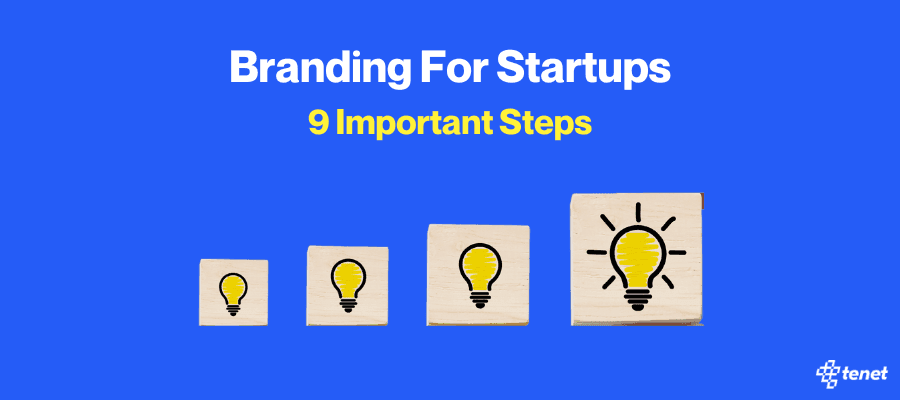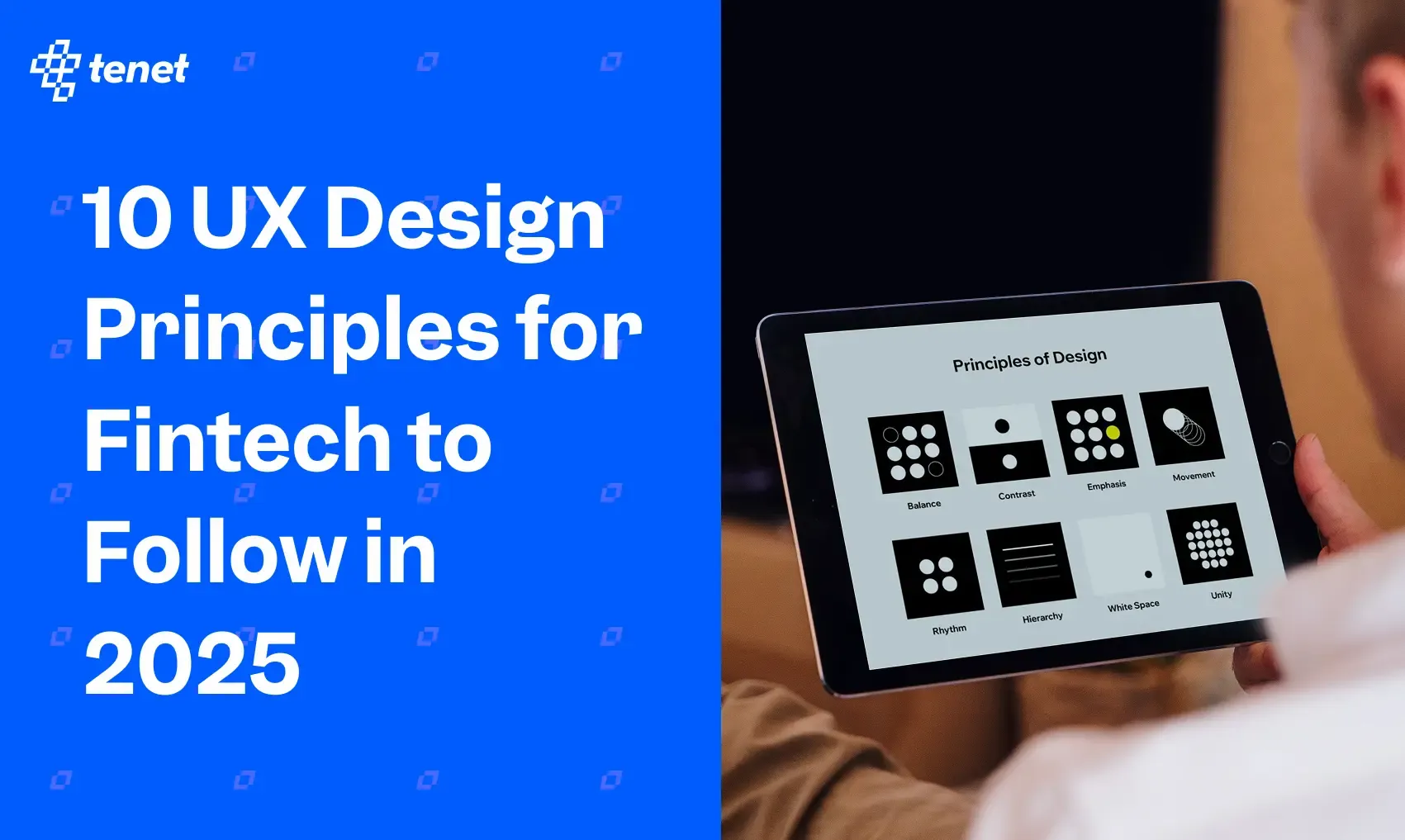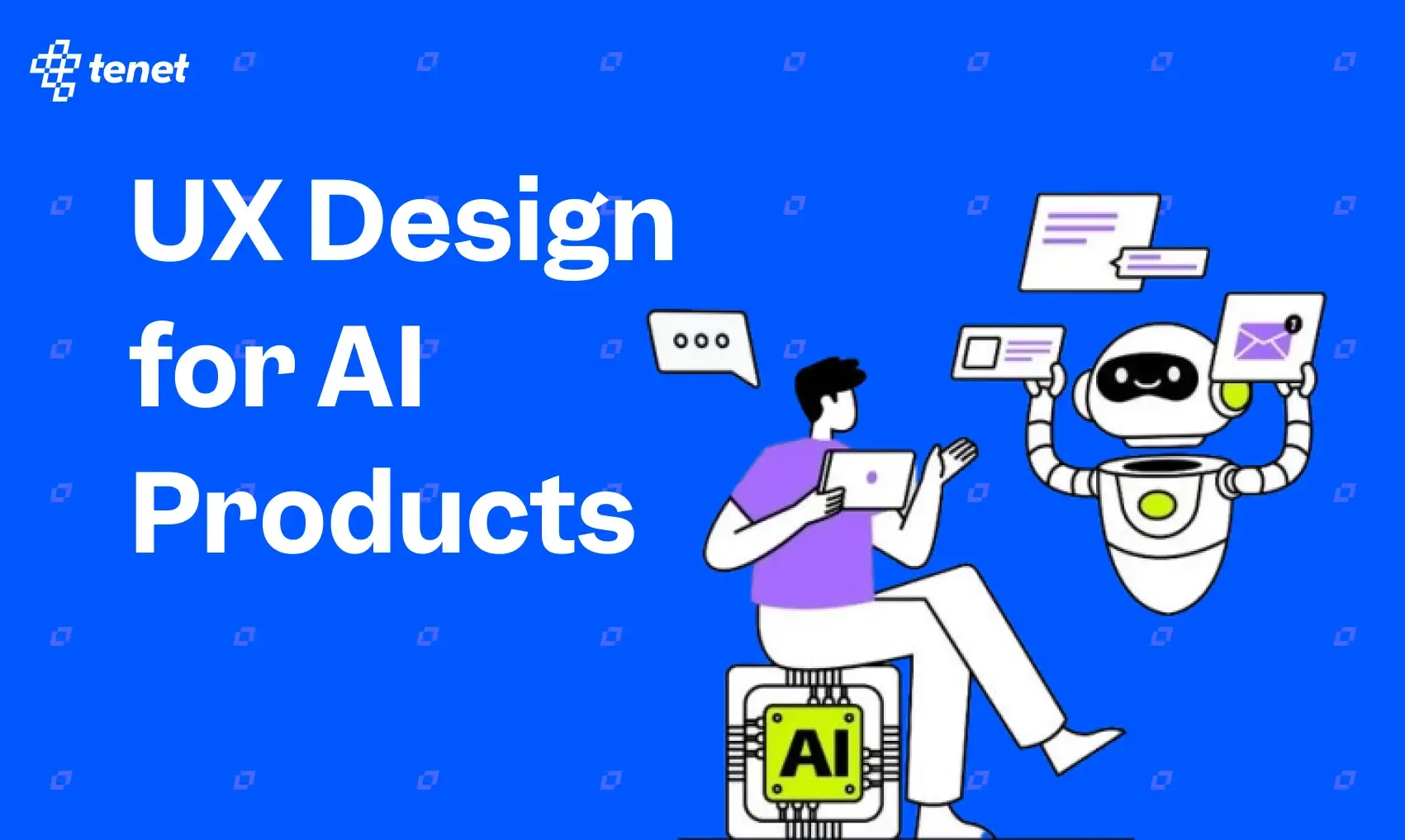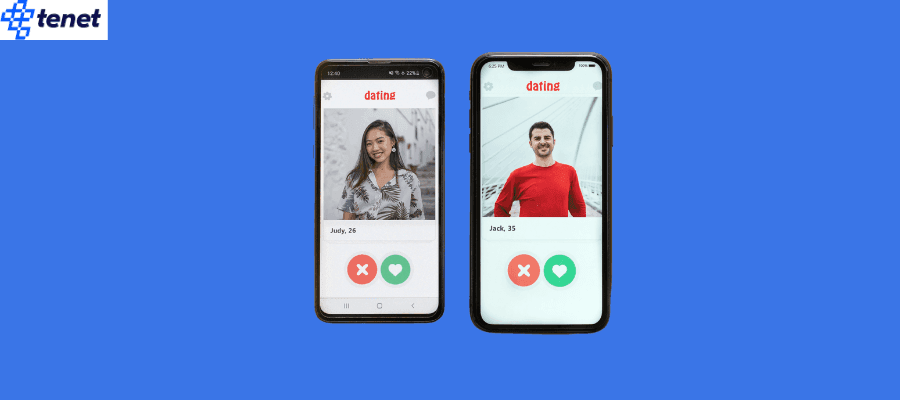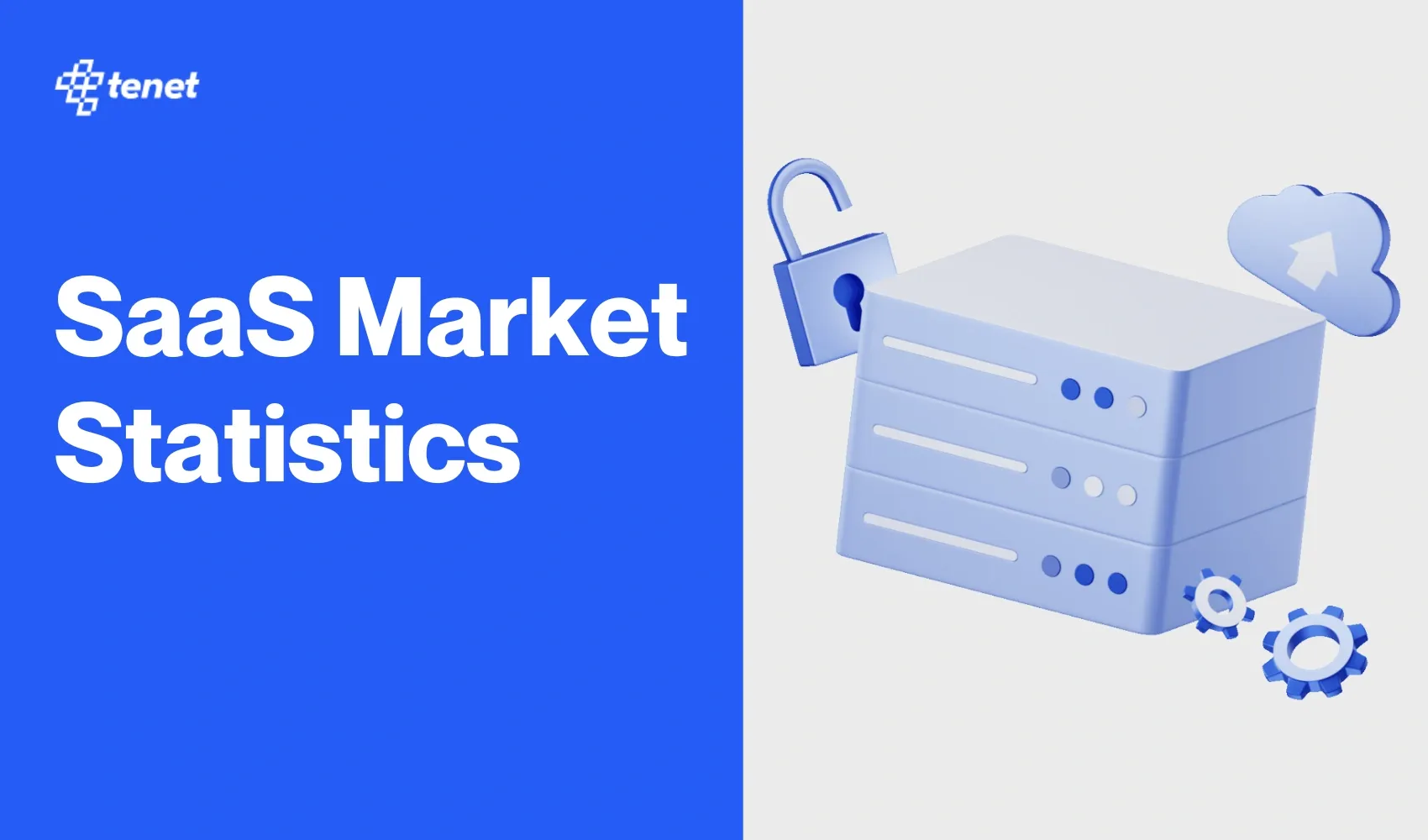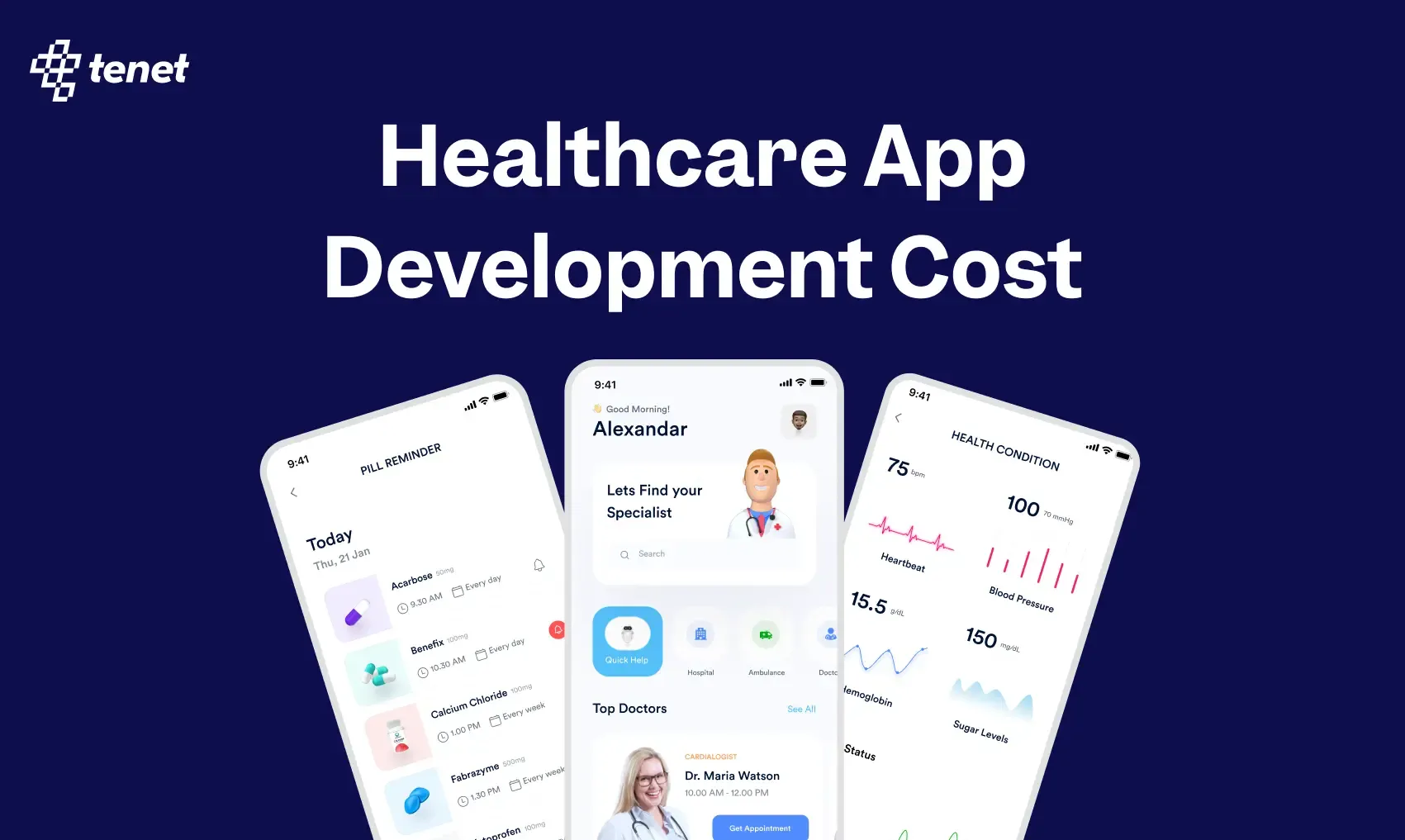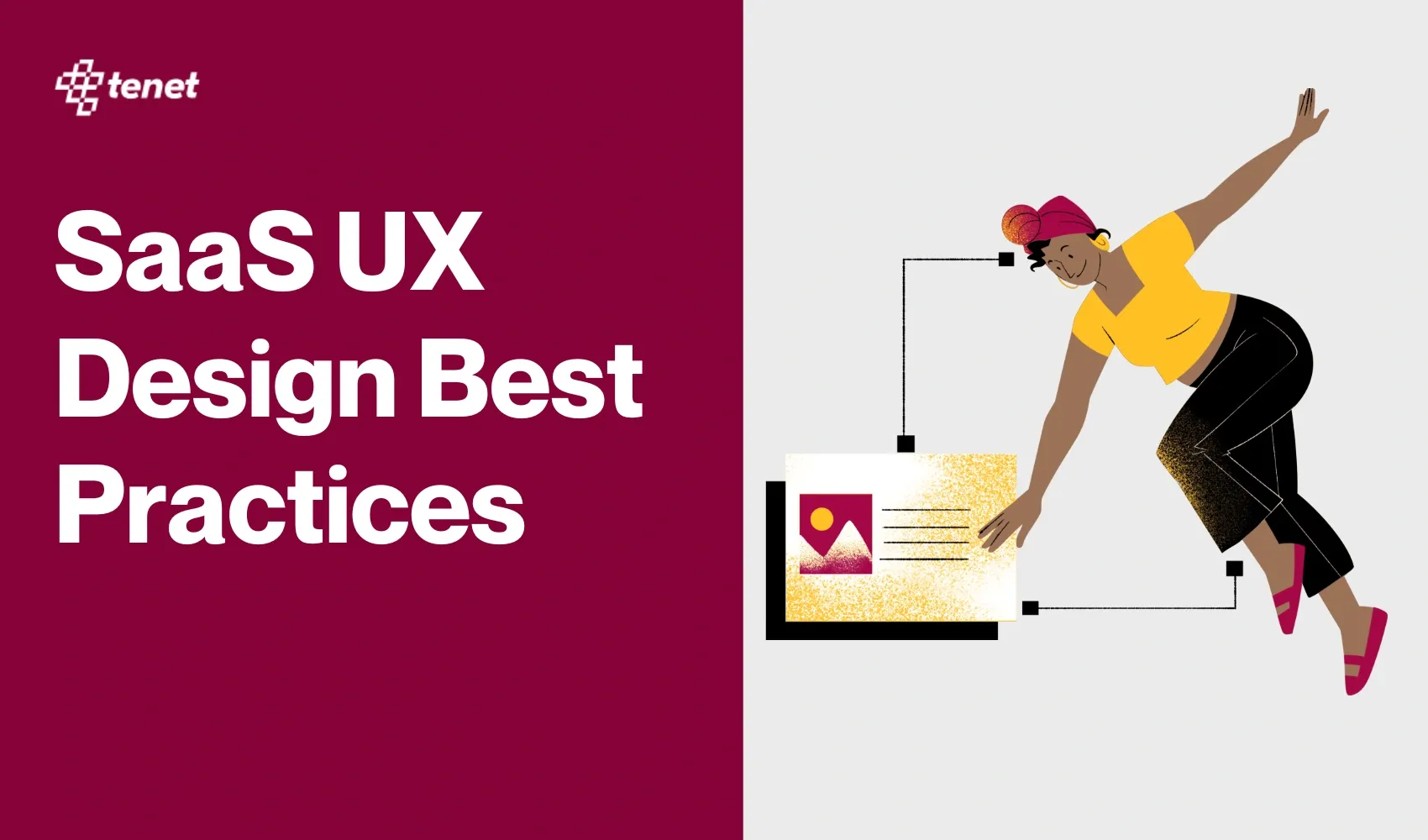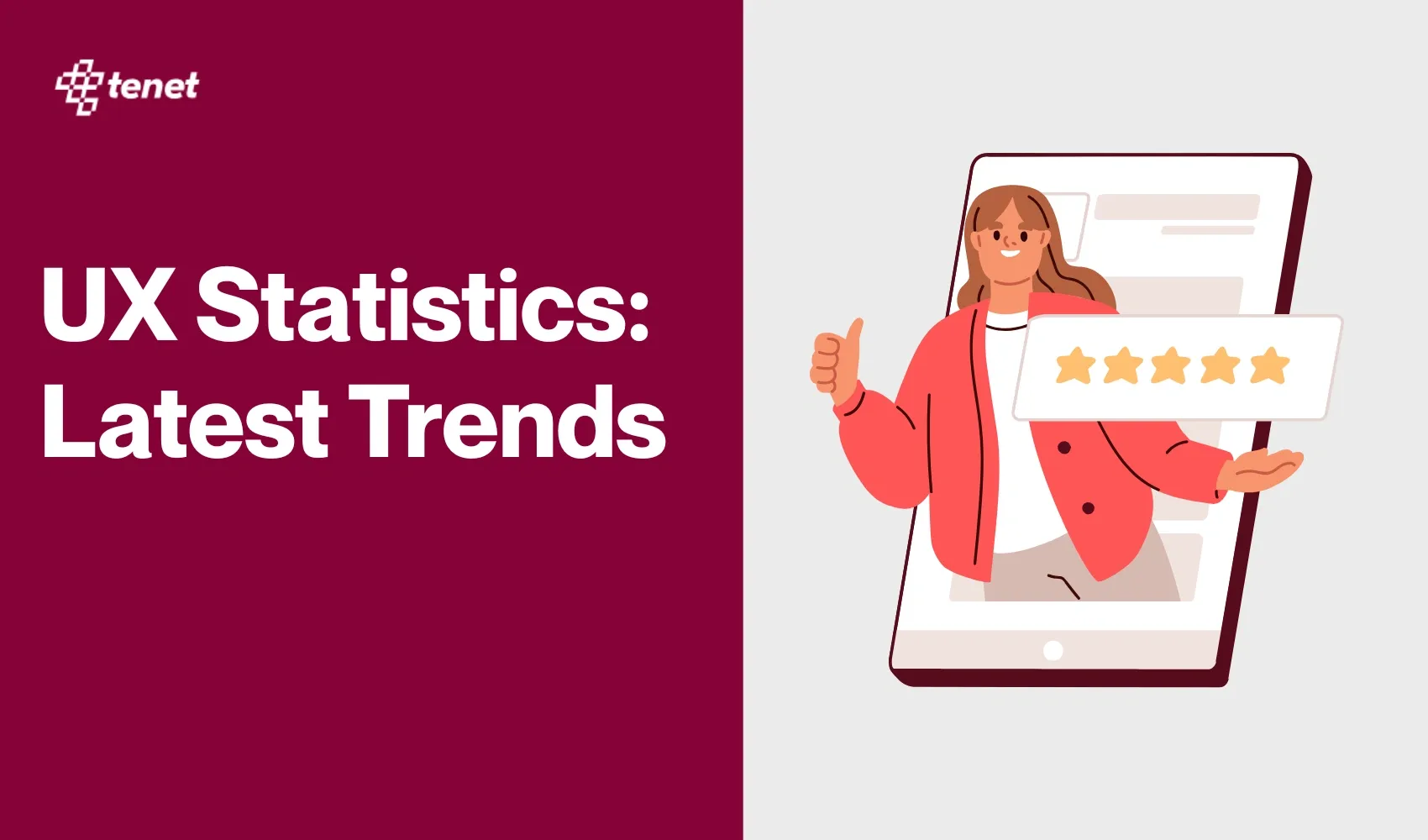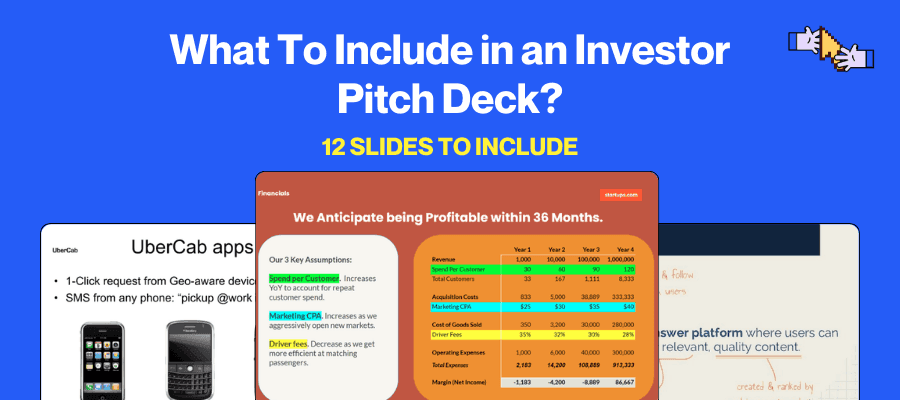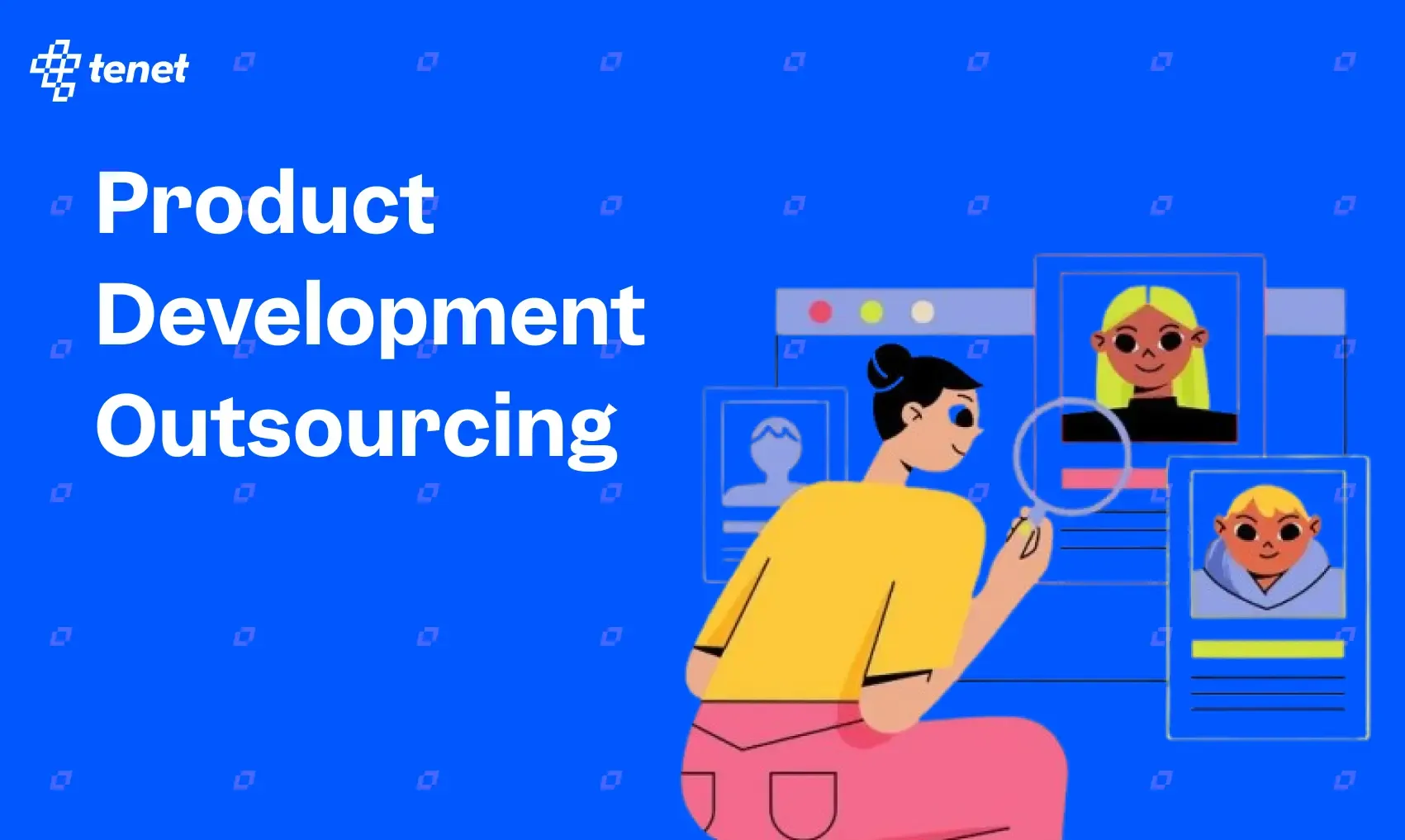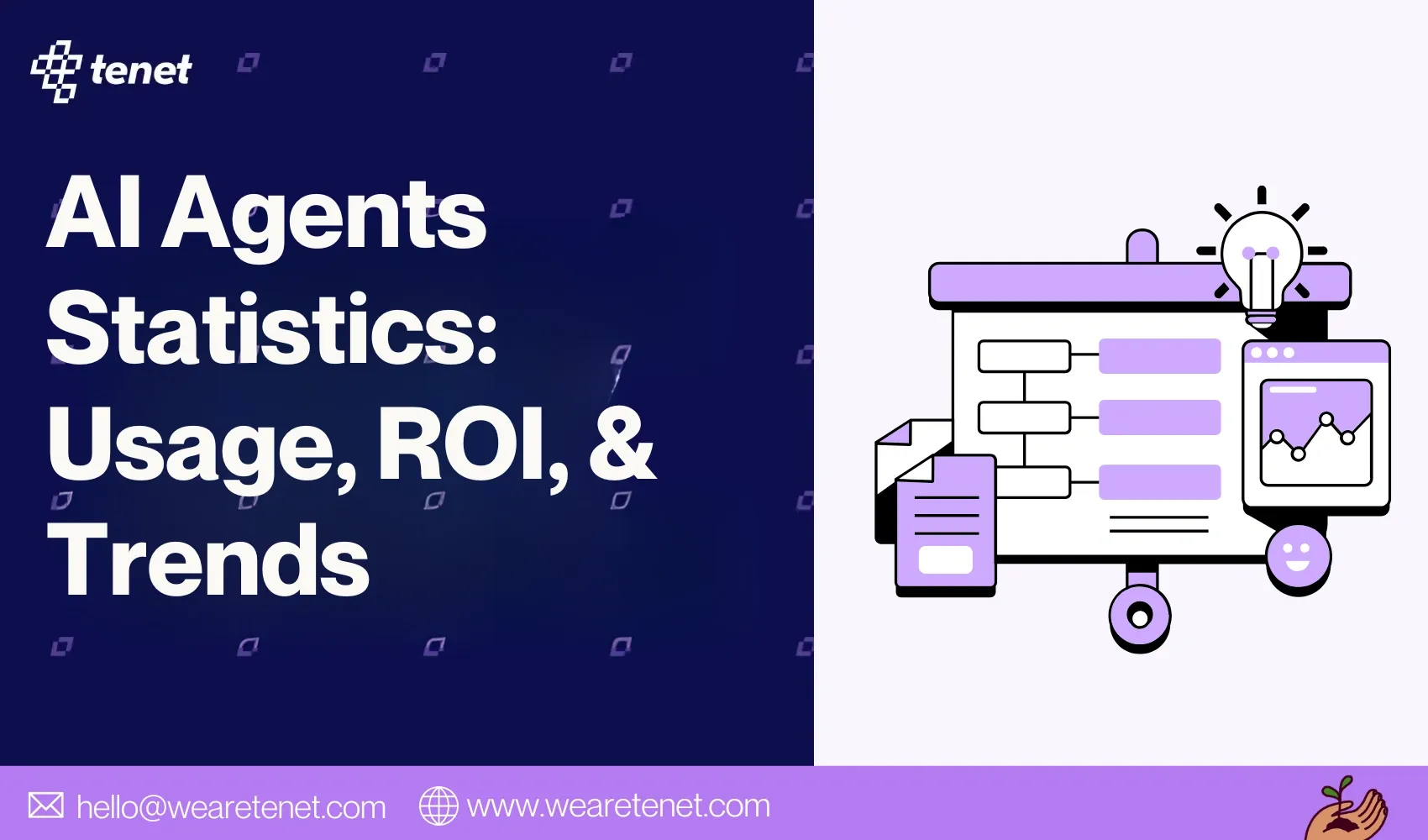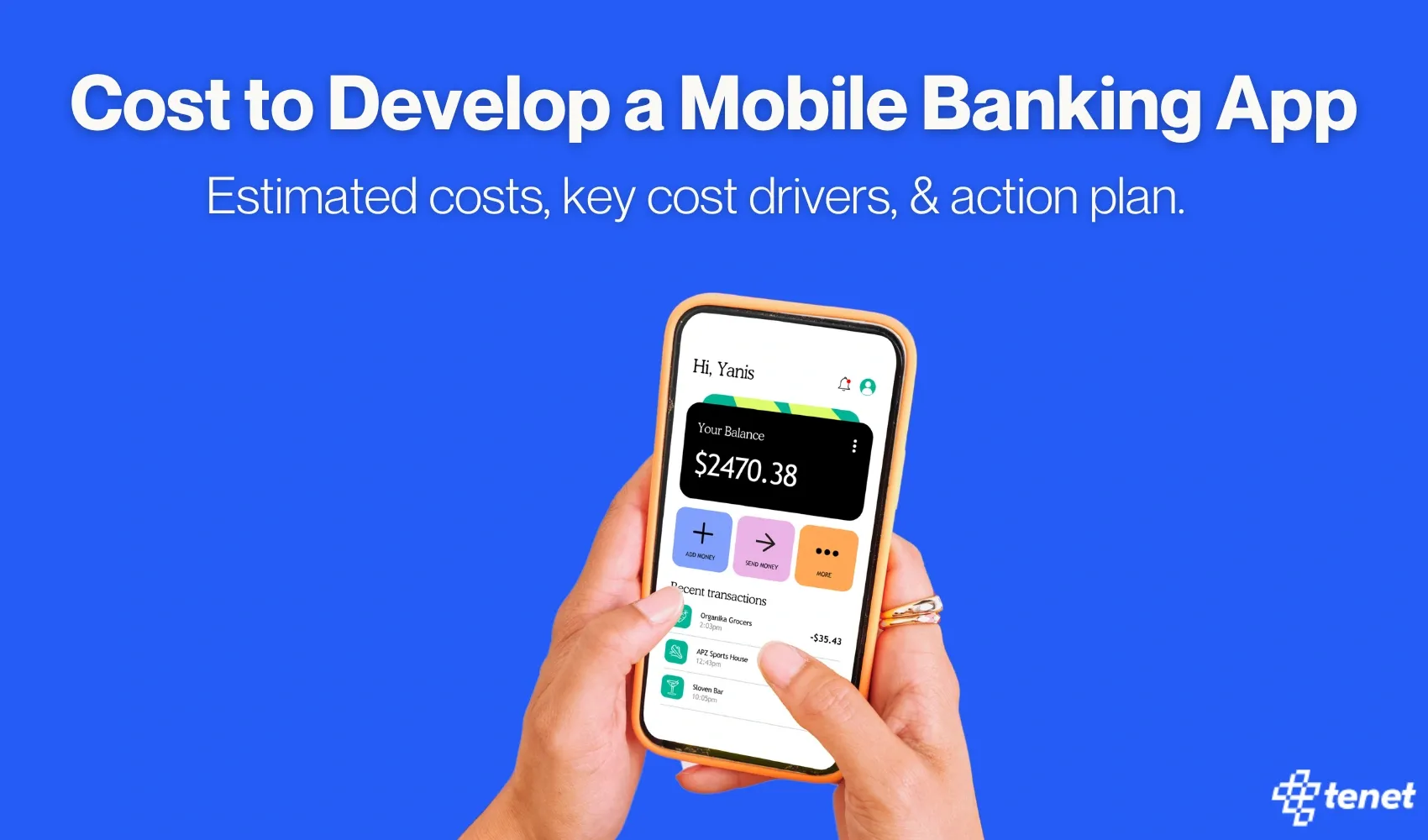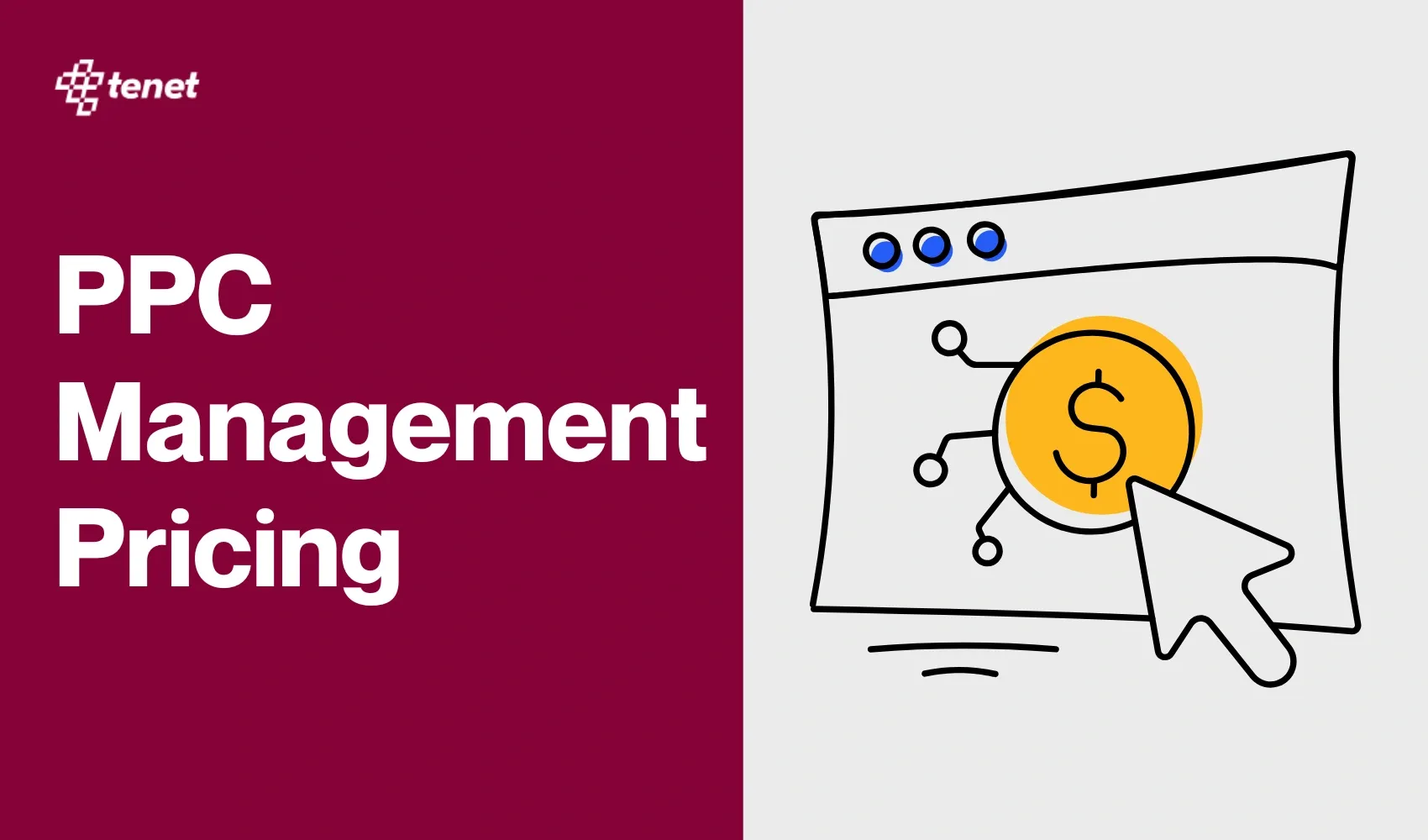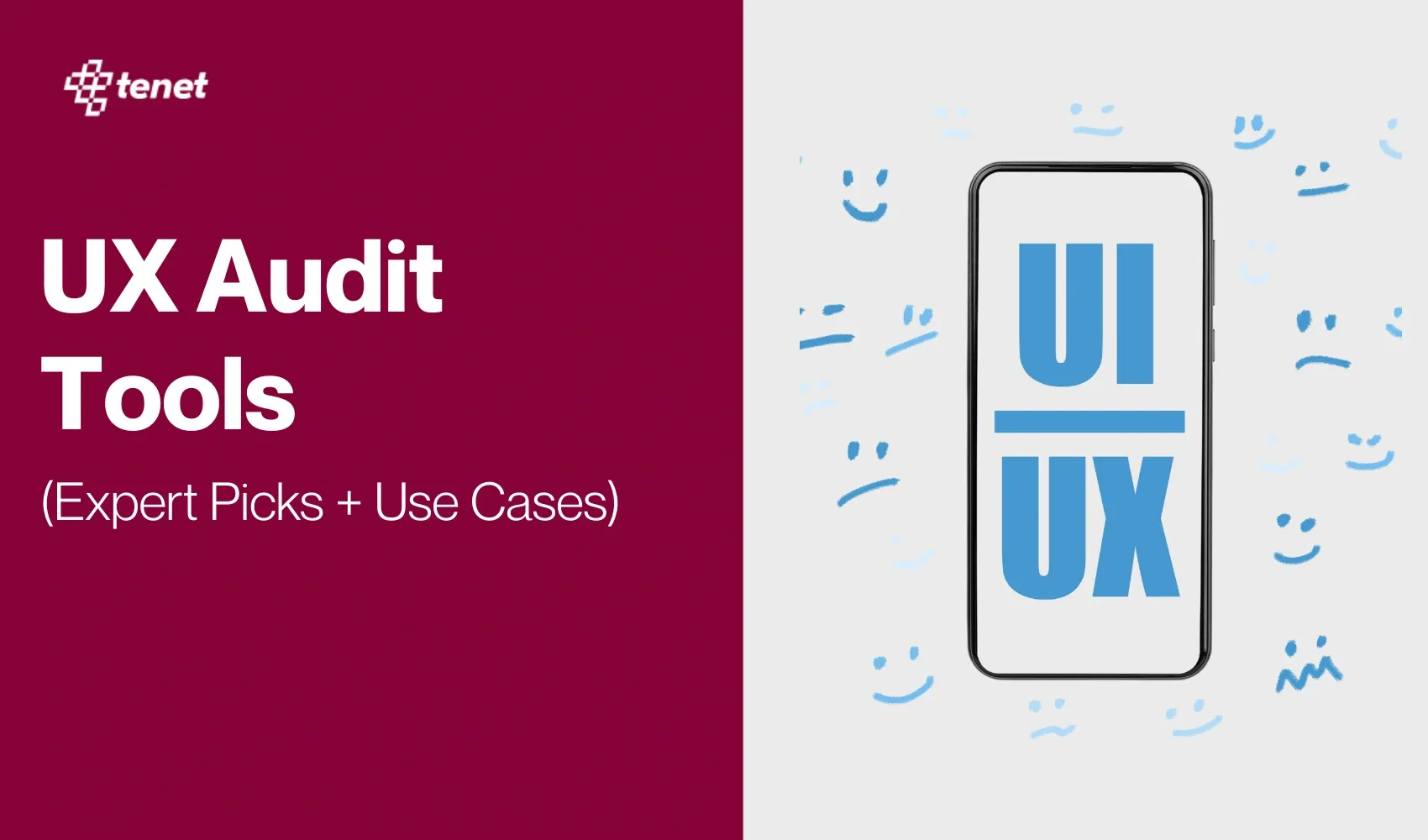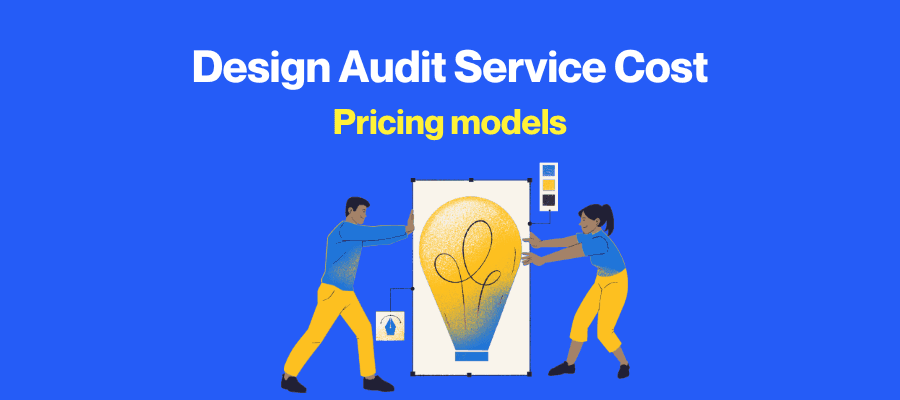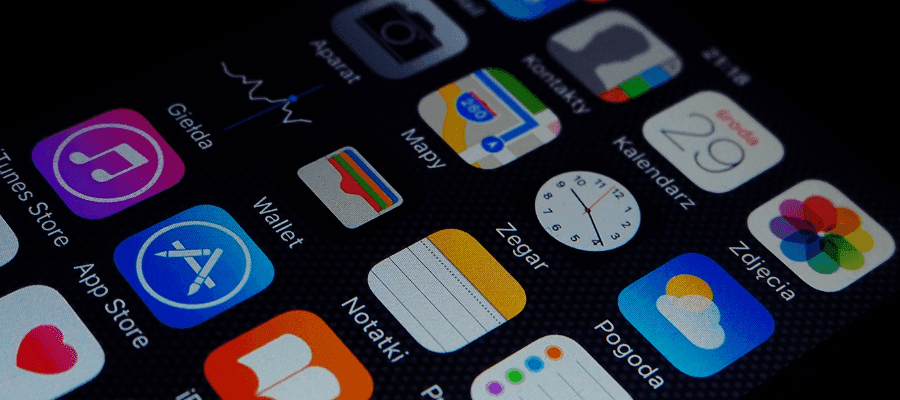Mobile App Development Cost in Dubai: 2025 Pricing Guide
Share
Share
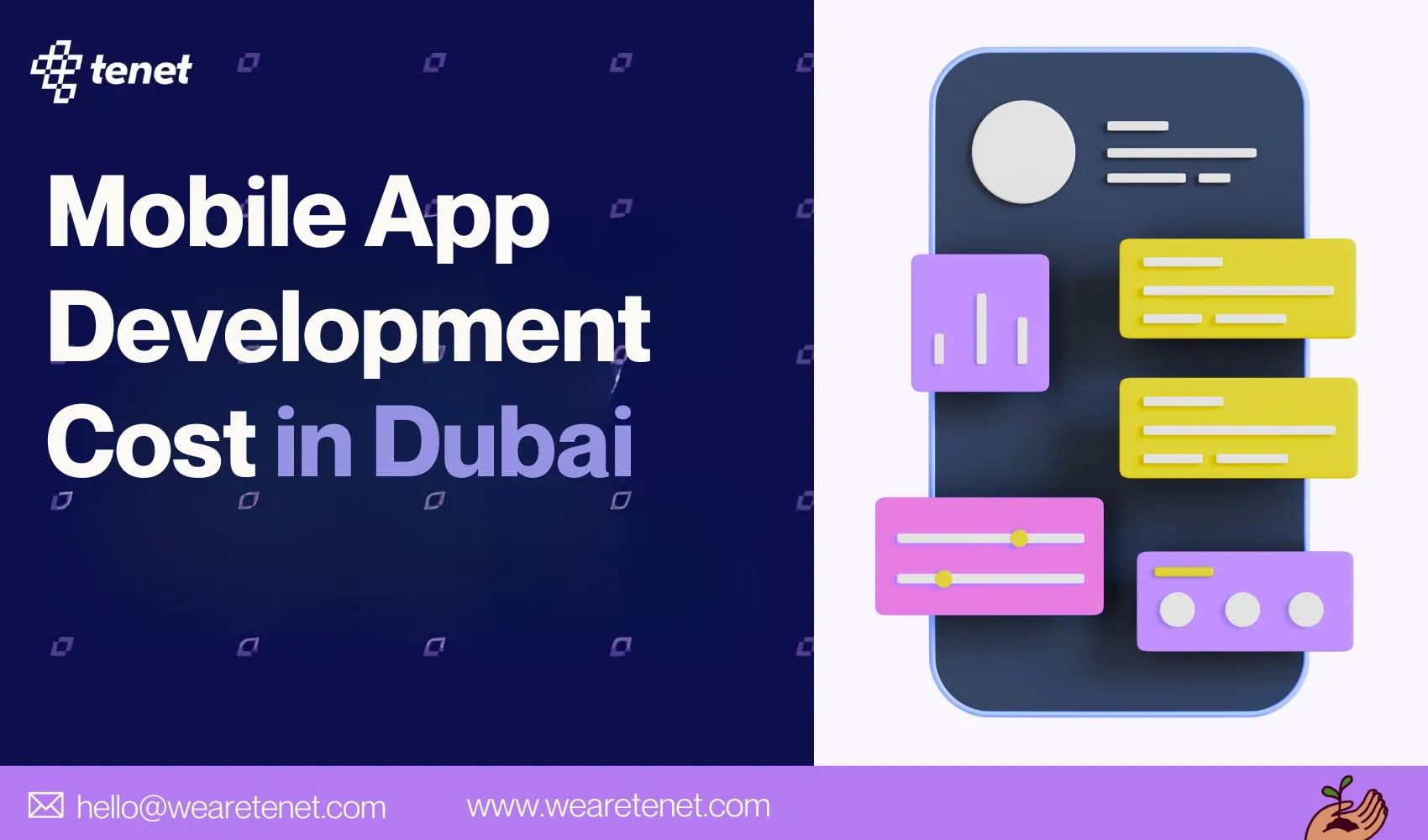
Not sure how much it costs to build a mobile app in Dubai? Many businesses face the same problem. Without clear pricing and the right guidance, it’s easy to overspend or delay the project.
The good news is, app cost depends on simple factors like the features you want, the design you choose, and the platform you build for.
In this mobile app pricing guide, we explain everything in a clear and simple way so you understand what affects cost and how to plan your app development the right way.
How much does it cost to develop a mobile app in Dubai?
The cost to develop a mobile app in Dubai ranges from AED 18,000 to AED 1.1 million. Basic apps with minimal features fall at the lower end, while complex apps with AI, AR, real-time databases, and secure integrations push the cost higher.
Developer location, platform choice, project timeline, UI/UX customization, and backend infrastructure all significantly affect mobile app development costs.
Here’s the mobile application design cost in Dubai by complexity:
1. Simple App
- Cost: AED 18,000 – AED 180,000 (approx. $5,000 – $50,000)
- Features: Login, form submission, static content
2. Mid-Level App
- Cost: AED 180,000 – AED 440,000 (approx. $50,000 – $120,000)
- Features: User accounts, payment gateway, database, API integration
3. Complex App
- Cost: AED 440,000 – AED 1.1 million+ (approx. $120,000 – $300,000+)
- Features: AI, real-time chat, AR/VR, custom backend, multi-platform support
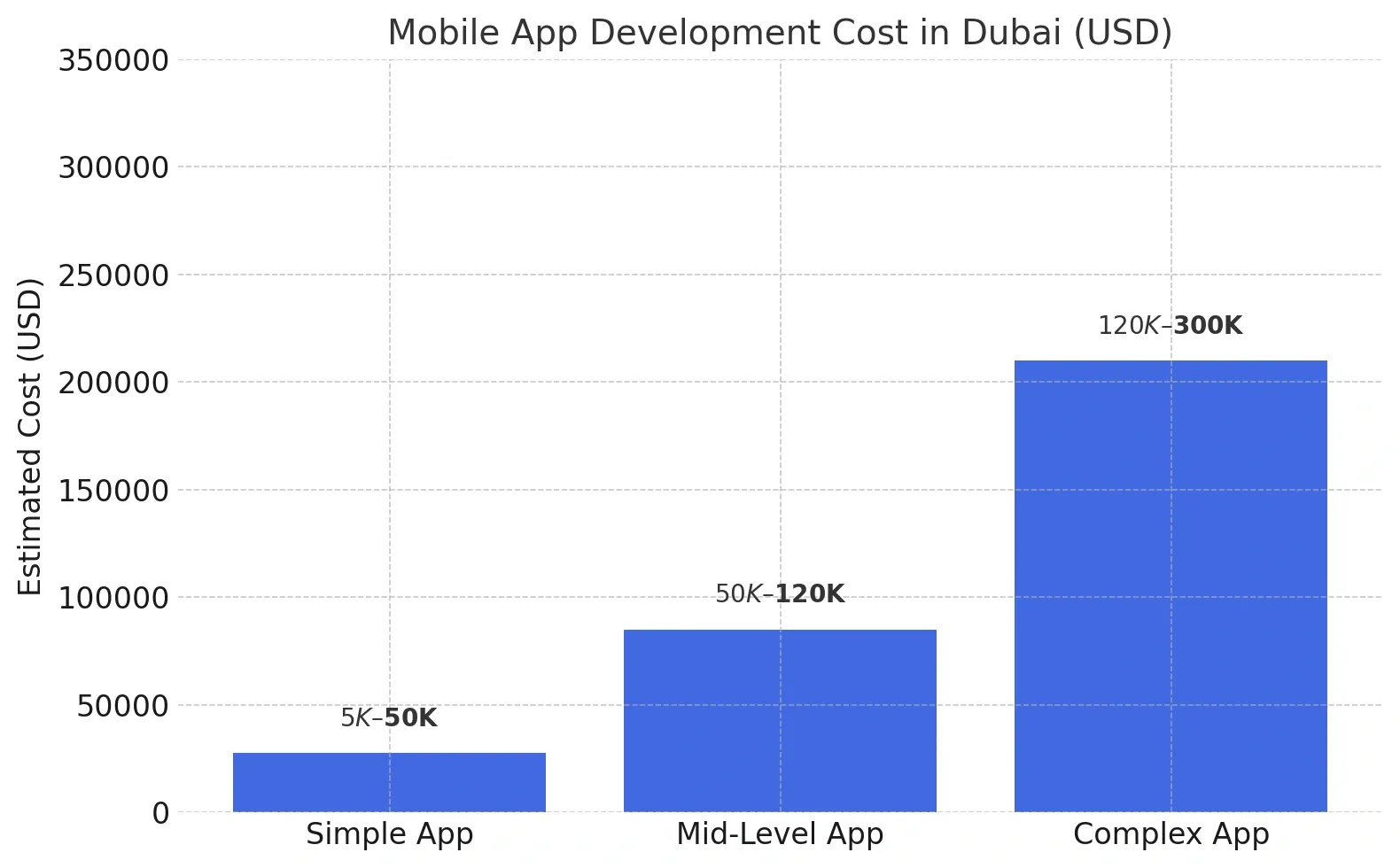
While Dubai-based agencies may charge more than offshore teams, they often provide better local compliance, language support, and collaboration.
👉 If you want to develop a custom mobile app, contact our mobile app development experts in Dubai and get a free quote.
Here are our relevant app development services:
What are the key features of a mobile app in 2025?
1. AI-Powered Search
Users now speak or type full questions instead of searching with exact words, and apps understand what they mean. For instance, Google Maps lets you say “Find coffee shops open now near me,” and shows accurate results without tapping filters.
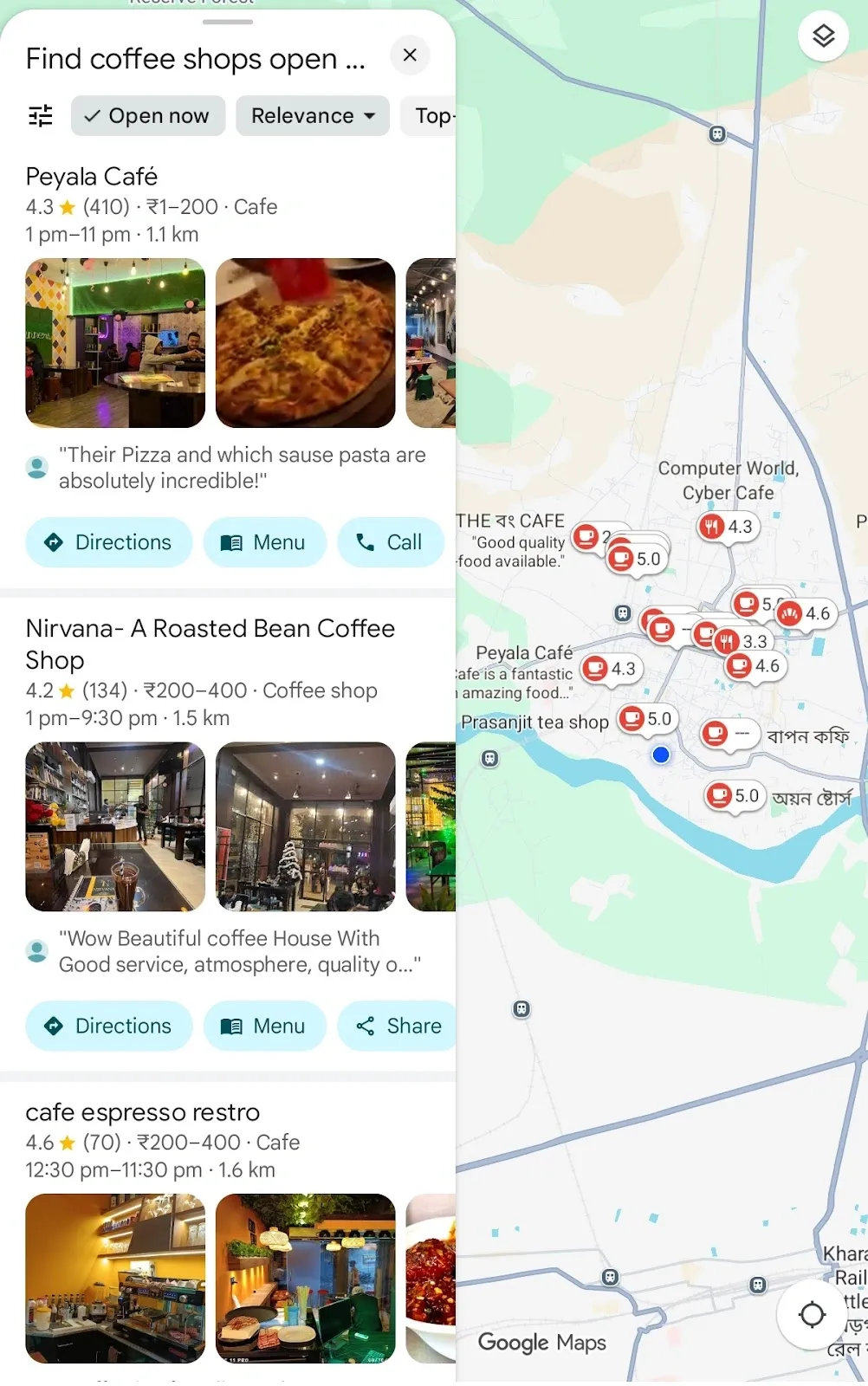
This kind of search is powered by AI and makes navigation easier for everyone. It removes confusion, saves time, and improves user satisfaction. If your app still depends on old-style search, it may feel outdated compared to these modern, voice-friendly experiences.
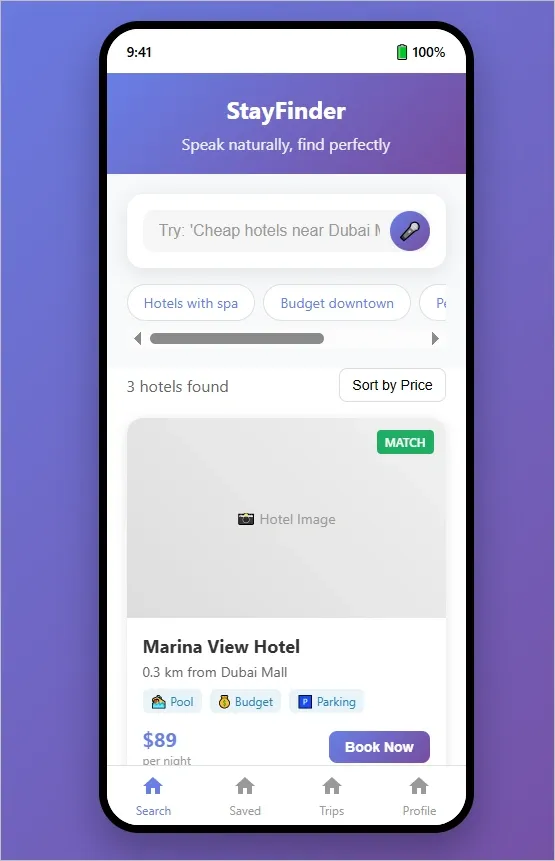
According to the eMarketer report 2024, 149.3 million Americans were using voice searches, and they predicted that by 2028, this number will reach 170.3 million, at a 3.4% CAGR.
2. Hyper-Personalized Content Feed
Shopping apps, entertainment apps, etc., don’t show the same home screen to everyone.
Apps like Amazon, Flipkart, and Myntra use AI to understand your browsing behavior, purchase history, and even the time of day to customize what you see.
For example, if you often buy or search for women's apparel or footwear on Myntra, the app will showcase price changes, new arrivals, and offers in that category right on your homepage.

During festive seasons, it may highlight deals relevant to your past searches. This kind of smart personalization helps users discover items they actually want without needing to search. Here's a similar image from Flipkart showcasing their recent sales and offers for buyers.

An app that feels “made for you” keeps people coming back to shop again. Without it, users may scroll aimlessly or leave altogether.

3. Built-In AI Assistant
Modern mobile apps are becoming smarter by using AI assistants that help users complete tasks without searching or clicking through multiple screens. These assistants can suggest actions, auto-fill information, or guide users step by step, making the app more efficient and user-friendly. Instead of only answering questions like old chatbots, they take real action to speed up common tasks.
A good example is Gmail, where AI helps users write emails faster with smart suggestions as they type.
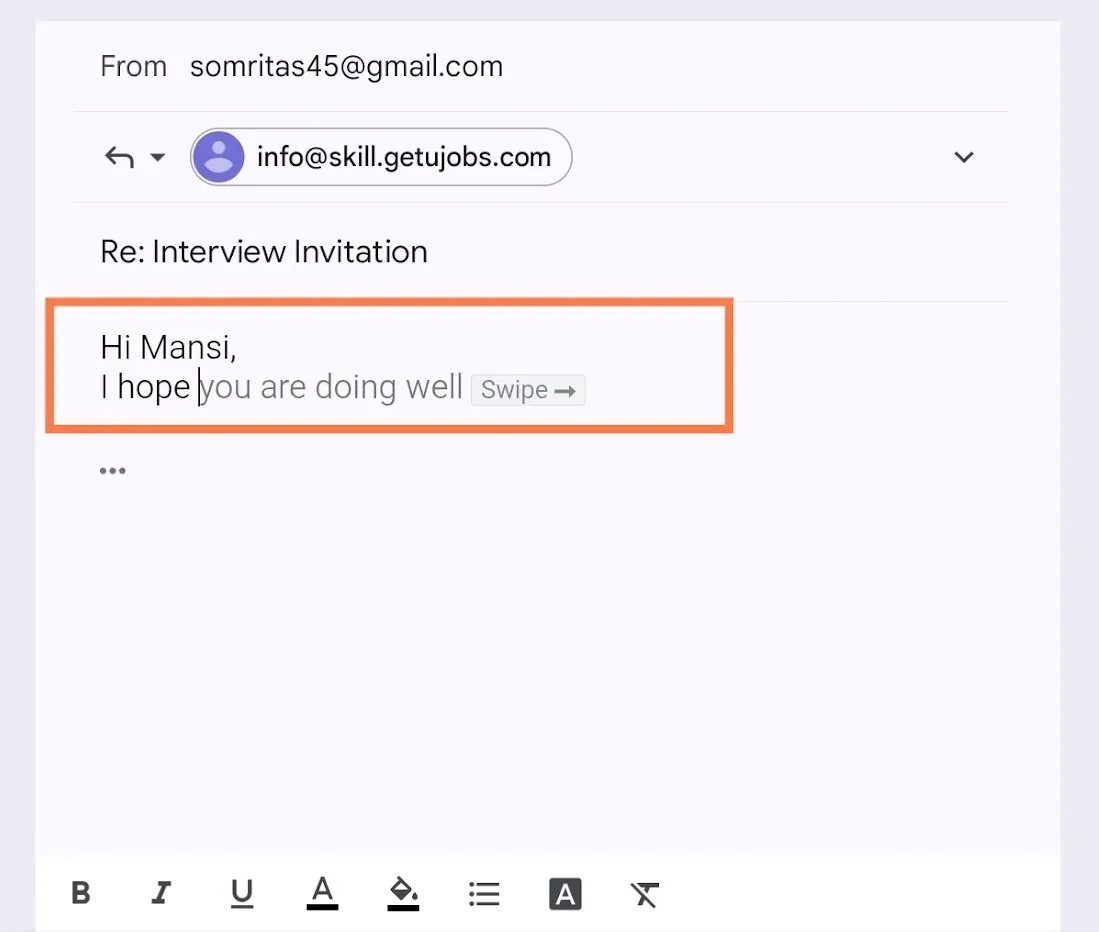
4. Predictive Notifications
AI is making notifications smarter and more timely, making apps smarter about when and what they notify users about. Instead of sending random alerts, they use AI to understand user behavior and timing.
For example, the Google Play Store may remind you to update apps you use often or suggest installing an app you searched for earlier but didn’t download.
These notifications are based on what you need, not just what the app wants to push. Predictive notifications help improve user engagement by being helpful, timely, and relevant, without being annoying.
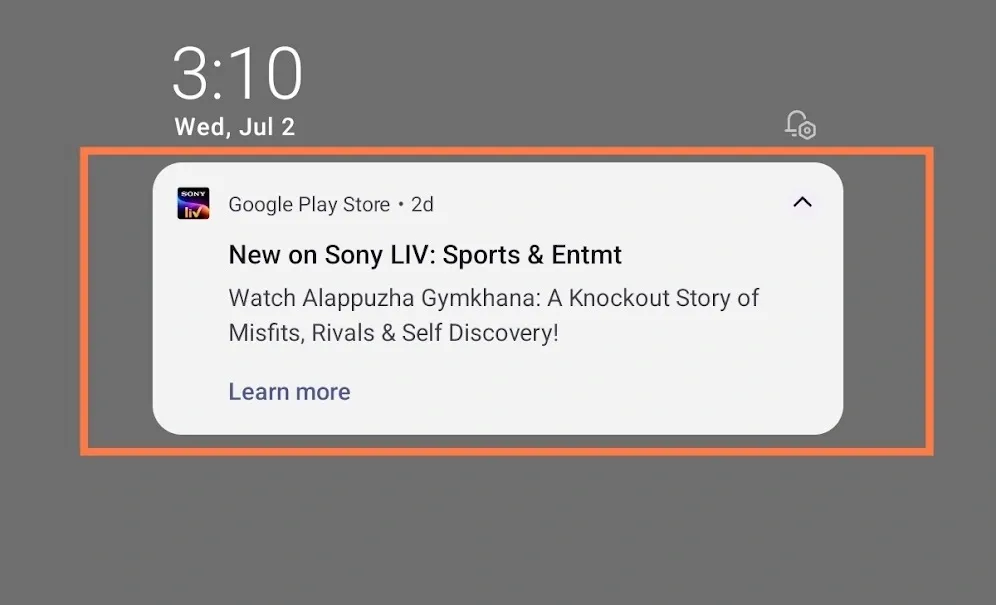
5. Cross-Device Cloud Sync
We often switch between devices constantly, and expect our data to follow us. Apps with cloud sync make this possible by saving your content online and keeping it updated everywhere.
A simple example is Google Drive.
You can upload a document from your laptop, and then later open the same file on your phone using the Drive app, without needing to send it manually or transfer it through cables.
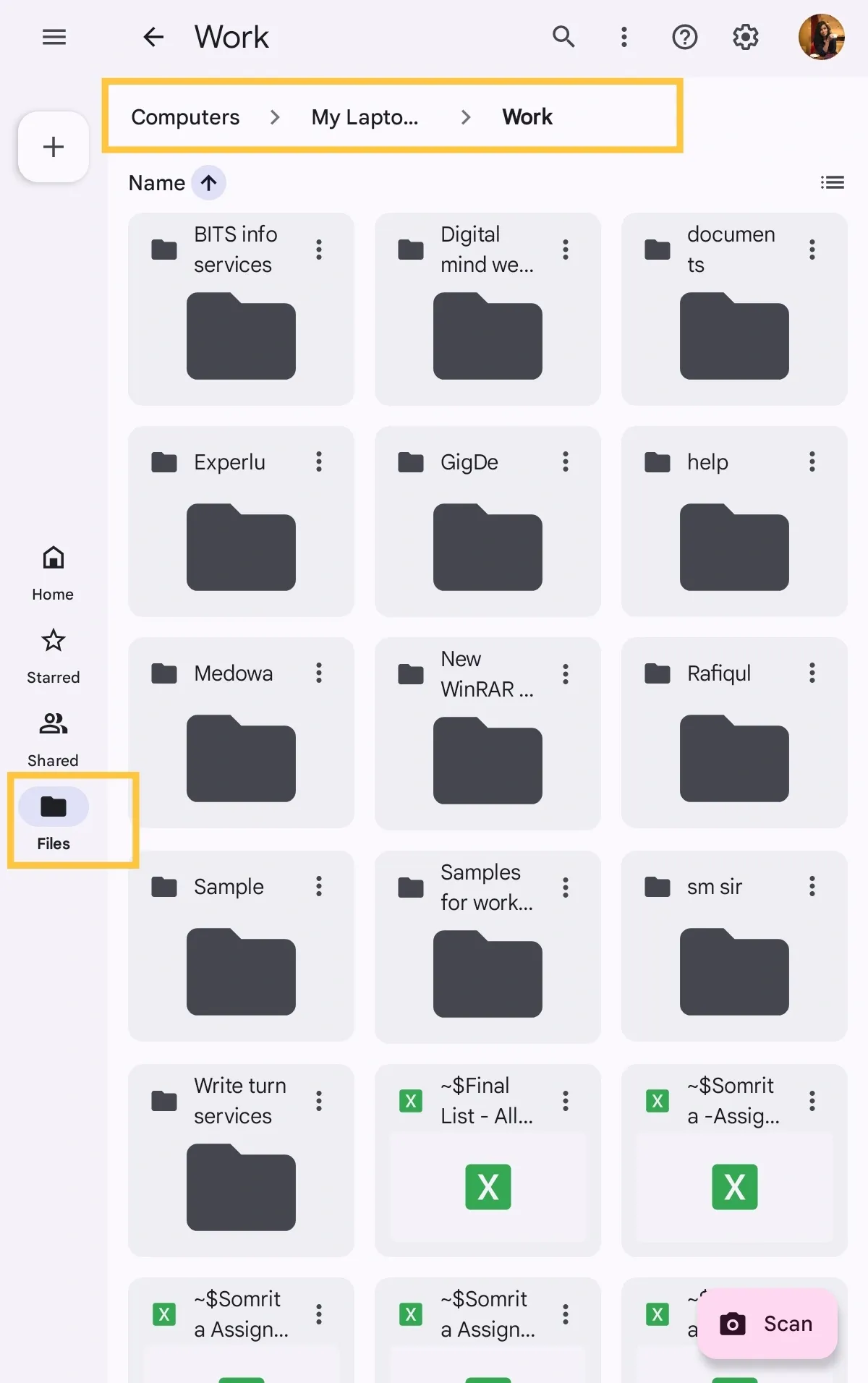
This makes your app experience smooth, connected, and convenient, no matter which device you're using.
6. Offline Functionality with Auto Sync
Modern apps need to work even without an internet connection. Offline functionality allows users to continue using the app, whether they’re writing notes, saving images, logging sales data, or accessing documents. Once the device reconnects, auto sync updates everything in the cloud without losing progress.
This feature is widely used in apps across categories: note-taking apps like Google Keep, field sales apps like Zoho CRM, file storage tools like Dropbox, and even learning apps like Khan Academy. It keeps the user experience smooth and dependable, especially for those who work on the go or in low-connectivity areas.
7. Advanced Biometric Access
Banking and finance apps let users unlock private sections using their face or fingerprint. You will also find messaging and social apps asking for biometric access for privacy. This means users do not need to remember passwords or type them every time, but your security system is good.
Biometric access is quick and safe. This gives users more trust in the app. When people feel their information is protected, they are more likely to keep using the app and recommend it to others.
8. AR-Powered Interaction
Augmented Reality (AR) allows mobile apps to place digital information on top of the real world using the phone’s camera. This turns everyday tasks into more interactive and visual experiences.
AR can help users preview furniture in their room, follow step-by-step directions in real environments, or identify objects by simply pointing the camera. It adds a layer of convenience and engagement that traditional interfaces can’t offer.
A great example is Google Lens, which lets users scan real-world text, signs, or objects to translate, search, or learn more, without typing anything. This shows how AR can make apps smarter, faster, and more useful in daily life.
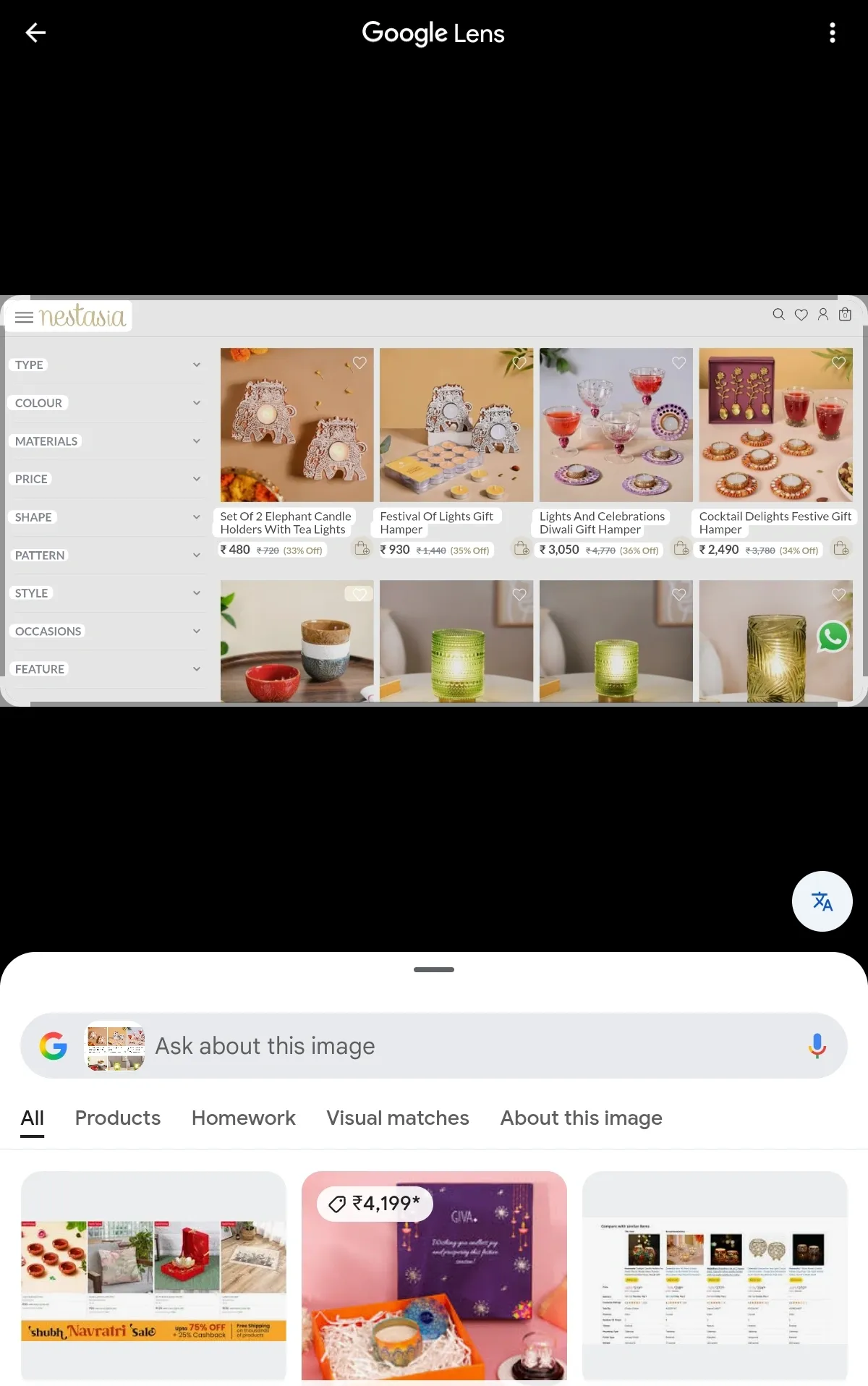
9. AI-Driven Accessibility
Apps are becoming more inclusive by using AI to support users with different physical or cognitive abilities. Features like voice-to-text, screen reading, gesture recognition, and automatic content summarization make it easier for everyone to interact with technology.
These tools adjust based on the user’s needs, often without requiring extra settings. For example, Google’s Look to Speak app lets users with speech or motor impairments communicate using just their eye movement.
By building accessibility into your app with AI, you create an experience that is not only helpful, but truly usable for everyone.
10. Context-Aware Recommendations
Smart apps can now suggest things based on what is happening around the user. For example, if it’s raining, a food app might recommend hot soup. If a travel app knows your flight is soon, it may remind you to check in.
These suggestions are based on your location, weather, calendar, and even your activity. This makes the app feel like a personal assistant that knows what you need. Users enjoy getting the right suggestion at the right time, which keeps them engaged and builds trust in the app.
Key factors that affect app development cost in Dubai
Here’s a structured explanation of the key factors that affect app development cost in Dubai, with each point followed by its impact on pricing:
1. App Complexity and Features
Apps with basic functionality, like forms or calculators, cost less to build. However, adding features such as real-time chat, AI integration, geolocation, or payment gateways increases the development time, tools, and expertise required.
Impact on Pricing: More complex features raise the cost significantly due to longer development hours and specialized resources.
2. Number of Supported Platforms
Developing an app for both iOS and Android separately requires more time and coding effort compared to building for a single platform. Cross-platform frameworks can reduce costs but may limit performance or customization.
Impact on Pricing: Supporting multiple platforms increases overall cost unless a shared-code approach like Flutter is used.
3. Custom UI/UX Design
A unique and polished interface improves user experience but also requires detailed design work, animations, and prototyping, often involving dedicated designers and extended feedback cycles.
Impact on Pricing: Custom UI/UX raises design costs compared to using standard templates or minimal design systems.
4. Backend Infrastructure Needs
Apps that store, process, or sync data (e.g., user profiles, orders, chats) need robust backend development. This includes APIs, databases, servers, and an admin dashboard, all of which add complexity.
Impact on Pricing: Stronger backend requirements lead to higher costs due to increased development and testing.
5. Third-Party Integrations
Apps often rely on services like Google Maps, payment gateways, or social media logins. Some integrations are free and easy, while others require paid APIs, licenses, or custom configurations.
Impact on Pricing: Complex or premium third-party integrations increase cost due to licensing and additional coding time.
6. Developer Location and Team Expertise
Dubai-based developers often charge higher hourly rates than offshore teams. However, they offer better timezone alignment, Arabic/English localization, and faster iteration through local collaboration.
Impact on Pricing: Hiring in Dubai increases costs but may reduce long-term communication or compliance issues.
7. Timeline and Delivery Urgency
A tight project deadline may require extra developers, overtime, or parallel workflows, all of which push costs higher. Projects with flexible timelines allow more efficient resource use.
Impact on Pricing: Urgent deadlines increase cost due to rush fees and team scaling needs.
8. Post-Launch Maintenance and Support
Apps require regular updates, bug fixes, and compatibility checks with new OS versions. Some apps also need ongoing feature development or performance monitoring.
Impact on Pricing: Maintenance typically adds 15–25% of the original build cost per year.
9. Security and Compliance Requirements
Apps handling payments, personal data, or enterprise information must comply with regulations (e.g., GDPR, local data laws) and use encryption or multi-factor authentication.
Impact on Pricing: High-security and compliance requirements significantly increase development and testing efforts.
10. Localization and Language Support
Apps in Dubai often need bilingual support (Arabic and English), local currencies, and right-to-left layouts. These localization efforts go beyond translation and affect both design and functionality.
Impact on Pricing: Adding multi-language and RTL support increases design, development, and testing costs.
Android mobile app development cost in Dubai
Developing an Android app in Dubai typically costs between AED 18,000 and AED 367,000, depending on app complexity, features, and design. Simple apps with minimal functionality cost the least, while AI-powered or GPS-based apps push the price higher. Custom UI and long-term maintenance add to the overall investment.
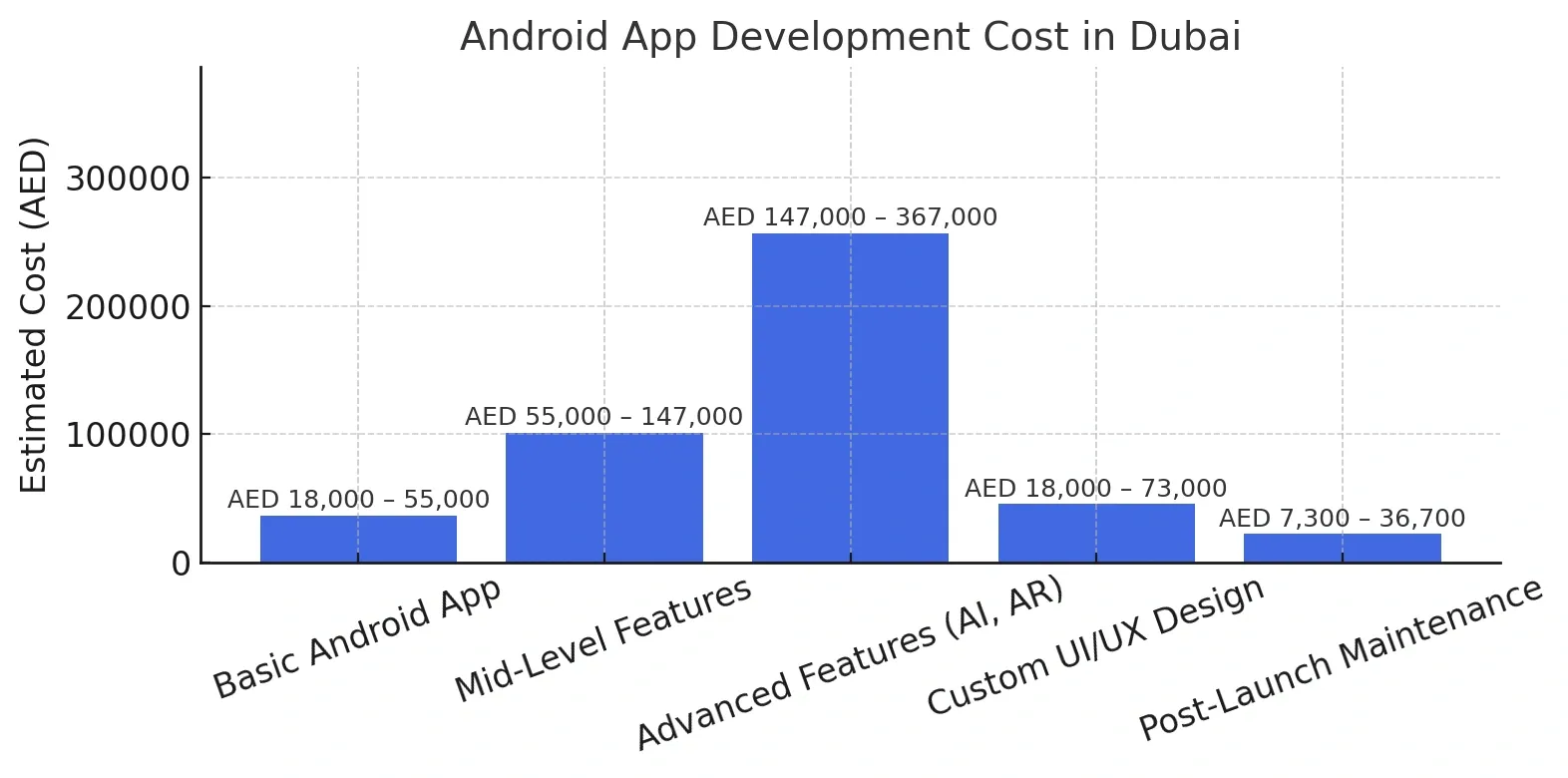
iOS mobile app development cost in Dubai
Creating an iOS app in Dubai ranges from AED 22,000 to AED 404,000. Apple apps require extra work for testing, UI alignment, and App Store compliance. While similar to Android in functionality, iOS projects may involve more fine-tuning, increasing overall design and optimization costs.
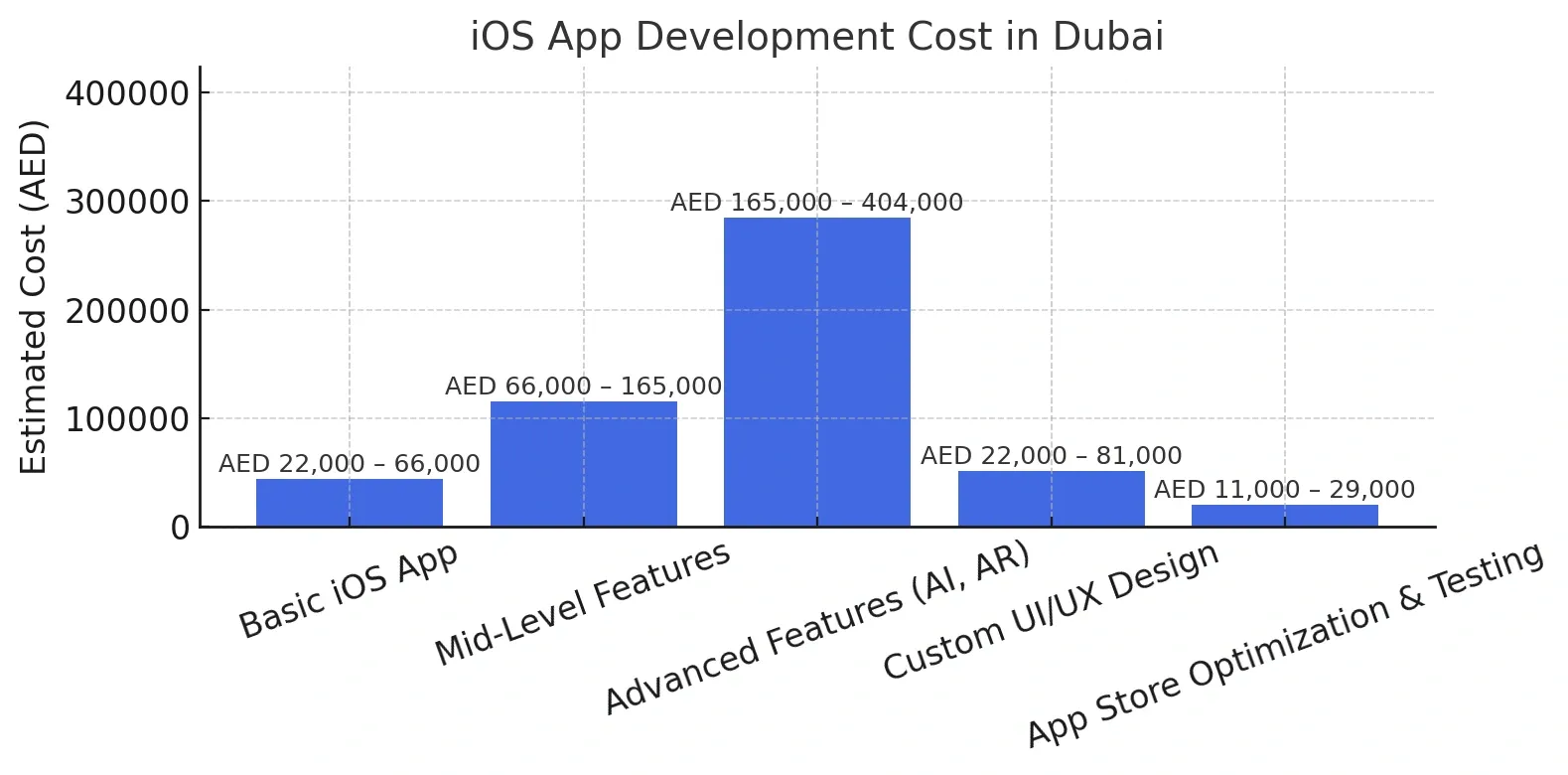
E-commerce mobile app development cost in Dubai
An eCommerce app in Dubai generally costs AED 29,000 to AED 220,000, depending on feature sets. Product catalogs, payment integration, user accounts, loyalty programs, and admin dashboards are key price drivers. Businesses often invest more in design and analytics to improve conversion rates.

Healthcare mobile app development cost in Dubai
Healthcare app development in Dubai ranges from AED 37,000 to AED 367,000+, driven by security, compliance (e.g., HIPAA), and telemedicine needs. These apps often include secure chats, EMR access, video consultations, and patient data protection, all of which require skilled development and thorough testing.
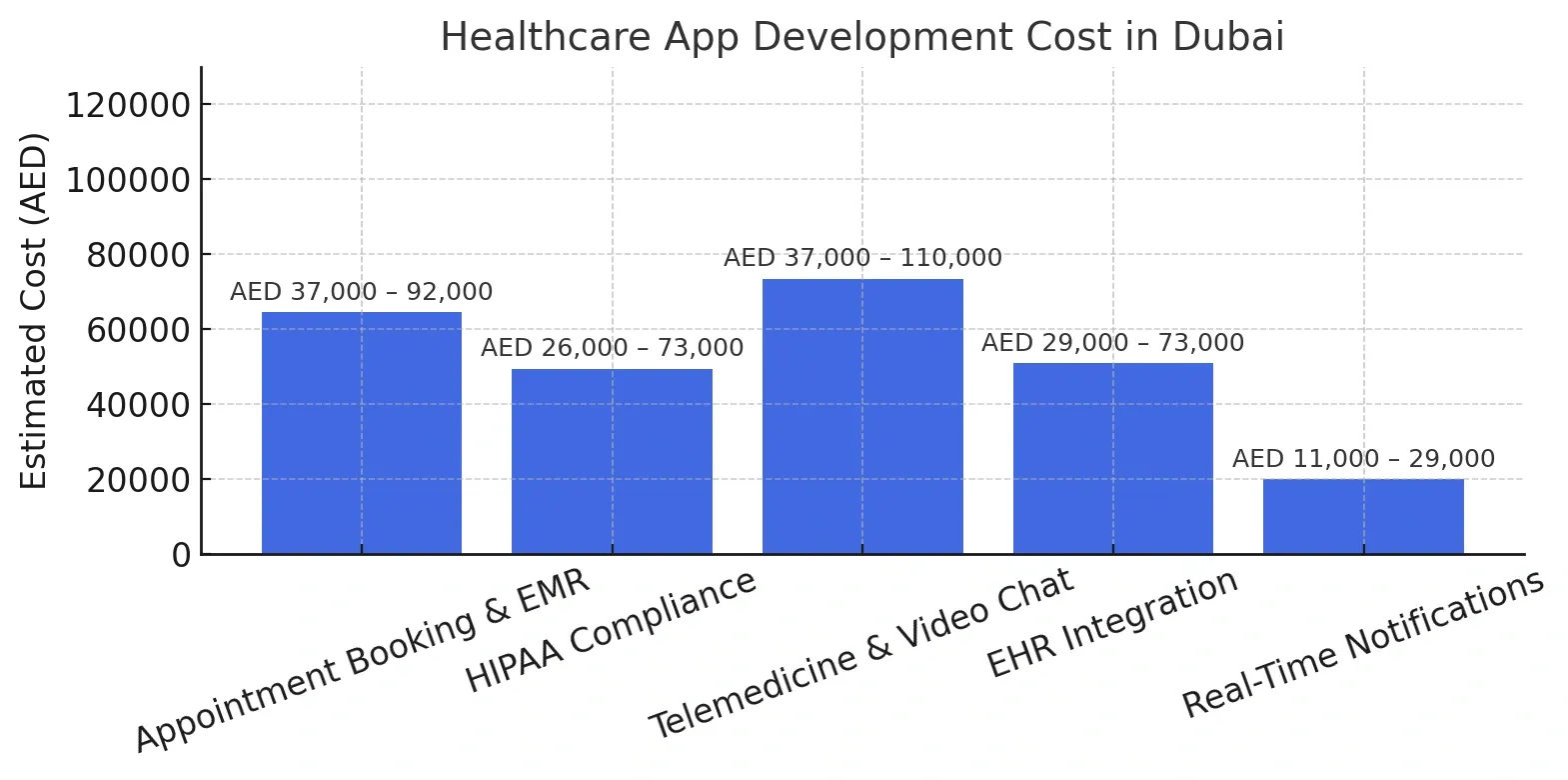
👉 Explore our other mobile app development pricing guides
- What is the Taxi Booking App Development Cost in Dubai?
- How Much Does it Cost to Develop a Mobile Banking App?
- How much does iOS App Development Cost?
- App development cost in the UK
- Mobile App Development Cost: Factors and Cost Estimates
- How Much Does It Cost to Develop a Fantasy Sports App?
- Food Delivery App Development Cost in Dubai
Real estate mobile app development cost in Dubai
Building a real estate app in Dubai typically costs between AED 26,000 and AED 294,000, depending on GPS features, AR property tours, CRM systems, and chat tools. These apps rely heavily on map filters, agent communication, and high-quality media to attract and retain users.
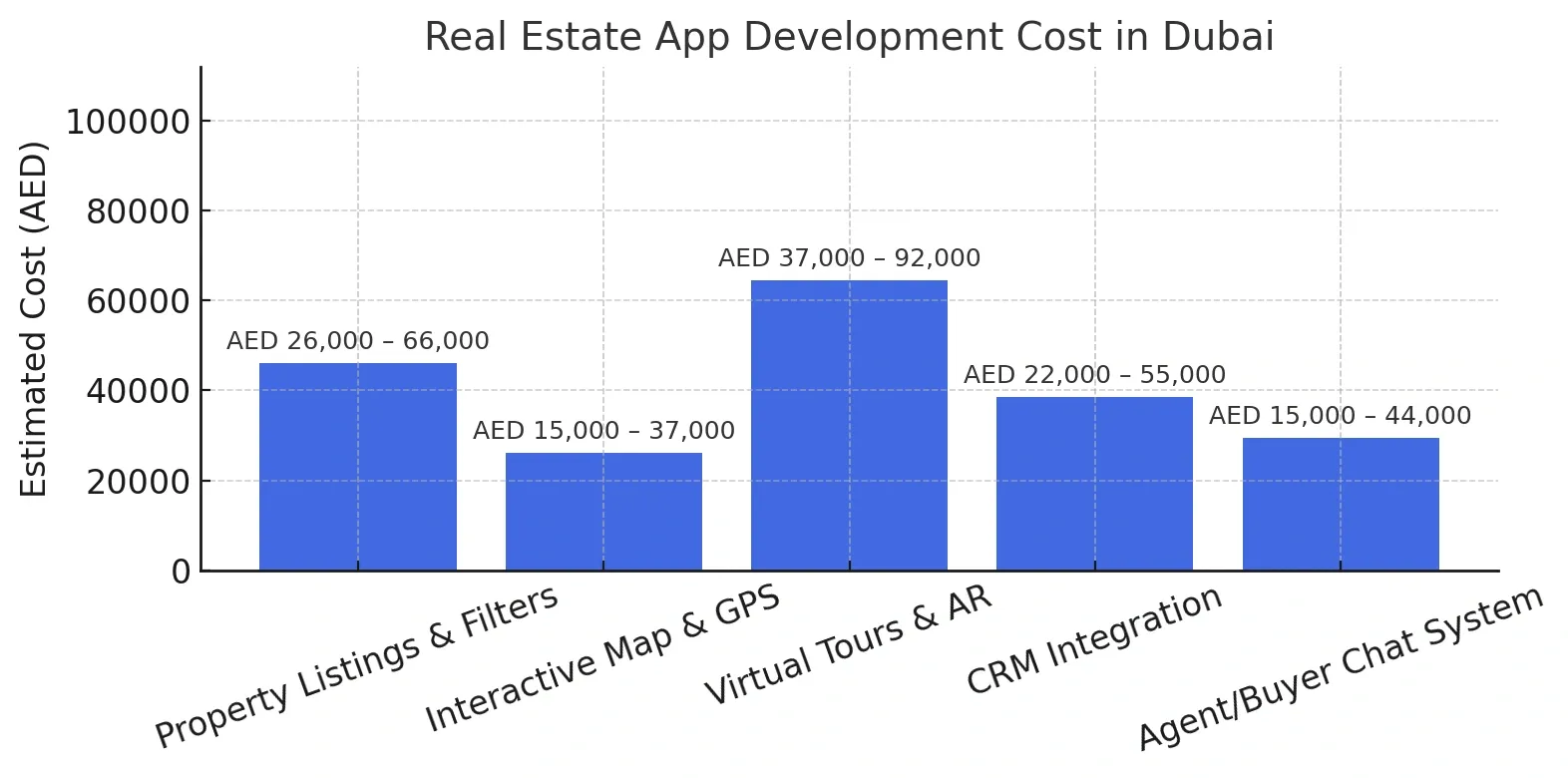
Why top global brands hire Tenet for mobile app development in Dubai
Top global brands trust Tenet for mobile app development in Dubai because of our unmatched design quality, speed, and ability to deliver complex apps at scale.
At Tenet, we have completed 450+ projects, offering 98% client satisfaction, and handling clients in 15+ countries. We combine strategy, engineering, and UI/UX to build high-performance apps.
Dubai-based enterprises choose Tenet for end-to-end execution, from planning to post-launch growth.
Build a user-friendly and functional custom mobile application in Dubai with Tenet
Build a user-friendly and functional custom mobile application in Dubai with Tenet

Got an idea on your mind?
We’d love to hear about your brand, your visions, current challenges, even if you’re not sure what your next step is.
Let’s talk
